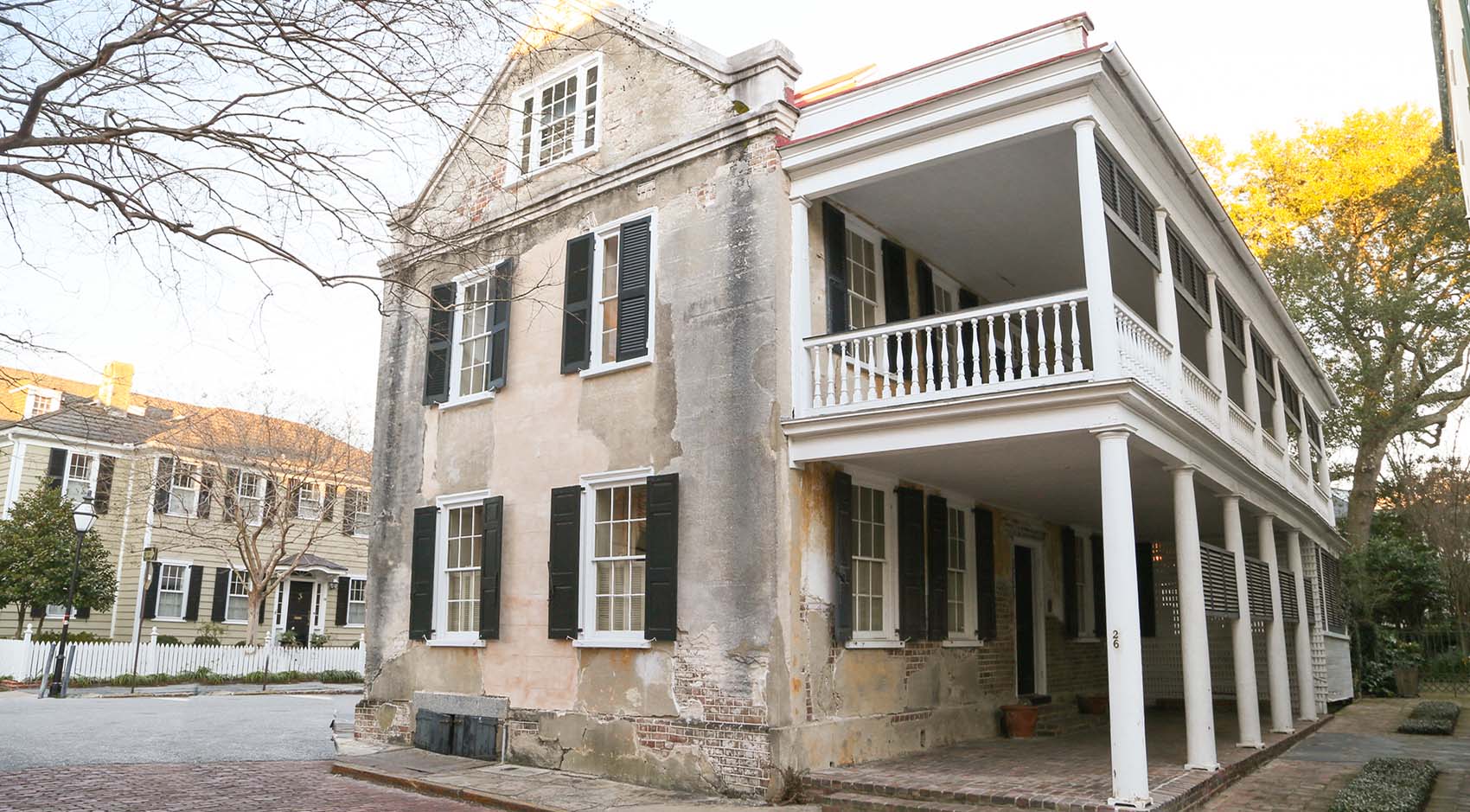
By Terry Bell-Aby, Realtor, Luxury Simplified Real Estate
Charleston SC is a city steeped in southern charm, with distinctive neighborhoods and streets lined with historic homes – some that date back to when General Francis Marion earned the nickname “The Swamp Fox” during the Revolutionary War. From Georgian-style mansions, to iconic Charleston Singles, and even tiny carriage houses, these beloved historic structures are protected by city zoning laws and strict preservation guidelines. Residents often bear the honor as well as the responsibility that comes along with owning and meticulously maintaining these significant historic homes. They sometimes discover that their devotion to preservation may come with added financial incentive – that of receiving “historic tax credits” from Uncle Sam.
So, what is the historic tax credit and what are the benefits?
A historic tax credit is defined as “a credit issued to taxpayers who rehabilitate their owner-occupied residence may be eligible to subtract 25% of the costs of many expensive repairs and renovations from their state income taxes …”
Is my residence eligible for the credit?
Eligibility is determined by 2 key factors tied to use – owner-occupied and location. Without a doubt, many of the notable grand homes located in the historic neighborhoods on the downtown Charleston peninsula meet this strict criteria. These neighborhoods – South of Broad, French Quarter, Ansonborough and Harleston Village – are some of the most popular destinations for tourists who enjoy walking and carriage tours.
But there are many other lesser known areas in Charleston and the surrounding lowcountry including Hampton Park, Wagener Terrace, Mt. Pleasant’s historic Old Village District, the Ashley River Historic District, Atlanticville Historic district, Moultrieville, Pinopolis, Pineville, Sullivan’s Island, or even Successionville, that are also steeped in history. From a Freedman’s cottage in the North Central area of the peninsula to the Officer’s quarters of the Charleston Navy Yard, there are many areas designated as National Register historic districts where these qualifying structures exist.
Your building must meet both of these criteria:
- You must own and live in the building or a portion of the building that will be rehabilitated. It can be a house or another type of historic building, such as a school or store, that you are rehabilitating to live in. A historic outbuilding associated with your residence, such as a barn or a garage, can also be eligible for the credit. The credit does not apply to buildings or portions of buildings that are used in a trade or business or produce income.
- Your building must be one of the following:
- listed individually in the National Register of Historic Places
- contributing to a listed National Register historic district
- determined by the State Historic Preservation Office (SHPO) to be eligible for individual listing in the National Register
- an outbuilding that contributes to the significance of a property listed in the National Register
What expenses qualify for the credit?
Money spent in the following categories may be counted as “Rehabilitation Expenses” when calculating the amount of credit:
- restoration of historic plaster
- energy efficiency measures except insulation in frame walls
- repairs or installation of heating, air conditioning, or ventilating systems
- repairs or installation of electrical or plumbing systems exclusive of new electrical appliances and electrical or plumbing fixtures
- architectural and engineering fees
Allowable expenses do NOT include the cost of new construction beyond the volume of the existing building, the cost of acquiring or marketing the property, the value of an owner’s personal labor, or the cost of personal property.
How much money must I spend to qualify?
You must spend more than $15,000 within 36 months on Rehabilitation Expenses that qualify.
As you might expect, there are stipulations and caveats that go along with qualifying and filing for Historic Tax Credits. This is, after all, a government program. There will be forms to complete throughout the process, and a strict timeline to adhere to in order to successfully complete the filing process.
Some things to keep in mind: Do not start any work until the first form is approved by the state of SC. You must track specific expenses during the rehabilitation process and, you must have documentation of every item you claim with before and after photos.
Note: We have extensive experience when it comes to restoring historic homes and tax credits that go along with it. If you are looking to find and own a historic home in Charleston of your own, our expert team would be happy to help you find the perfect place. Start your search now…
Interested in Learning More?
Our expert teams - from development, investment, real estate, and property management - have experienced it all and have the insight to help you along the way.
Find Out More